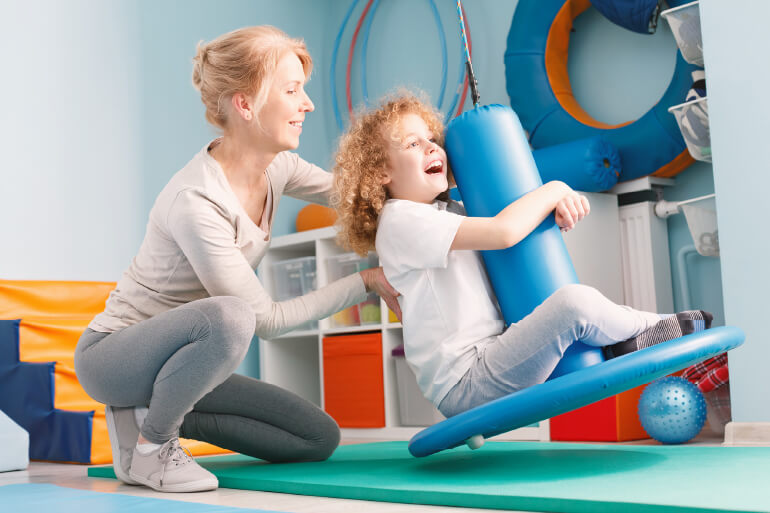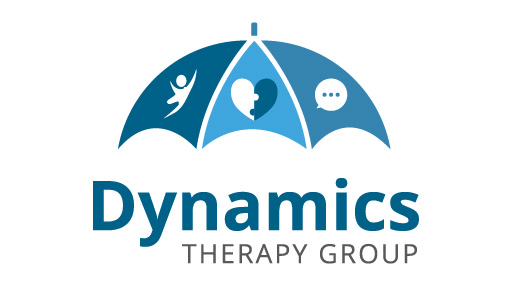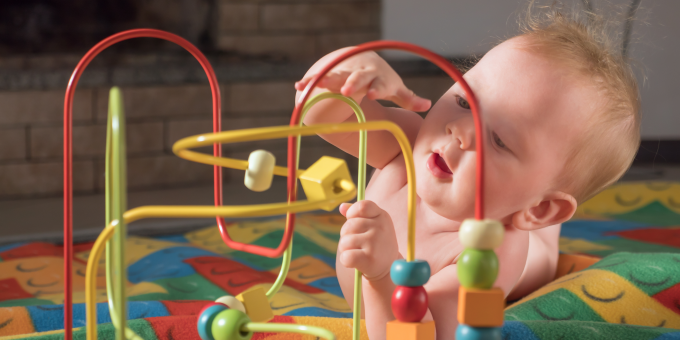
As a parent/ caregiver/ educator, if you observe the following in your child, you should seek professional help:
- Seems floppy and never sits upright
- Exhausted and tired at the end of the day, most of the time
- Dependent on others to dress, such as buttoning and tying shoelaces
- Unable to use spoon and fork properly and spills food while eating most of the time
- Trips most of the time and has bruises
- Struggles to ride a tricycle
- Unable to complete classwork in time
- Doesn’t like to play or struggles with physical games
- Disorganized with personal belongings such as a messy table or bed, cluttered wardrobe or the place he/she stays.
If the above problems continue to impede your child’s performance successfully at home, school, or in the community he/she stays in, it is highly advisable to seek professional help for your child.
Your child may have these challenges because of Development Coordination Disorder (DCD). Children with DCD are seen as clumsy and awkward. They are disorganized and will find it hard to acquire and accomplish new motor tasks. To rule out other possibilities that may cause the aforementioned issues, a consultation with the child’s physician is advisable. And, if none are present, an Occupational therapist (OT) assessment is recommended as they can support your child with these problems. Additionally, it is suggested to seek a Physiotherapist assessment for assessing the child’s muscle tone and balance. As DCD often coexists with other developmental conditions (such as expressive and receptive language difficulties, attention deficit disorder, emotional issues), a Speech therapist or Psychologist assessment can be sought to address those problems as well.
“Developmental coordination disorder (DCD) is a neurodevelopmental disorder that affects children’s ability to execute coordinated motor actions, resulting in slow, clumsy, or inaccurate motor performances and learning difficulties (of new motor tasks or to adapt previously learned gestures to a modified or additional constraint). In the course of development, children with DCD exhibit a diversity of motor signs, including fine and gross motor problems with impaired postural control and balance, and sensorimotor coordination or motor learning difficulties” (Handbook of Neurology, Volume 174, 2020, Pages 3-20)
There is no straightforward answer for the uncoordinated movements as it may occur due to various reasons. They regularly repeat the unsuccessful motor skills, inconsistent in their performance from one event to the other. They don’t realize, learn, or try to correct
the fault in their movement coordination. They struggle to transfer their motor learning from one activity to another, generalizing them in different situations, and have trouble responding accordingly when there is a change in the environment as they are inefficient to monitor the inbound information. E.g., Catching balls of different sizes, stepping up on the sidewalk is similar to climbing stairs, when passing a ball to a teammate during a ballgame.
Children with DCD are a very diverse group. Some display problems in a variety of areas whilst some only have problems with specific actions.
Physical and Emotional/Behavioural features observed in children with DCD:
Physical:
- Child movements may be clumsy or awkward.
- They may struggle to learn or delay certain motor skills such as catching and throwing a ball, riding a tricycle/ bicycle or a scooter, skipping rope, dressing skills such as doing up buttons or zippers, tying shoelaces, brushing teeth, using knife and fork.
- They have difficulty in tasks that require coordination of both sides of the body such as using the scissor for cutting a pattern, jumping from the steps or to cross a hurdle, swinging a bat.
- They may have weak core muscles of the body and display weak postural control and poor balance. They struggle while climbing up and down the stairs or crossing kerbs or any daily activities where the child needs to balance his/her body.
- Handwriting tasks remain a challenge for them, and to produce good handwriting quality, they are very slow in speed.
Emotional/Behavioural
- They avoid or dislike physical- based activities.
- They avoid playground activities with peers, which may be due to decreased self-confidence and to keep away from physical tasks.
- They display low self-esteem and lack of drive as they struggle to cope with the tasks that are essential in all aspects of his/her life.
- When asked to complete a simple task in a specified time frame, they get frustrated and face challenges.
How do OTs help a child with DCD?
Occupational therapists play a vital role in planning strategies to overcome the challenges faced by children with DCD. An initial interview of the child, parents as well as information from the teachers if possible are important as it helps the OT to identify the skills that the child is struggling with. Proper observation of the child’s performance of the motor skills and activity analysis of the task that he/she struggles with is essential, as it helps the OT to identify the underlying factor that causes the problems. This will help them to set up the proper intervention plan so as to achieve the goals of overcoming the challenges they are facing due to DCD. An OTs addresses the child’s motor challenges by both direct and indirect intervention. In direct intervention, OTs support the child by teaching and practicing with different therapeutic techniques through one-to-one intervention sessions. In indirect intervention, OTs support the child by making accommodations for his/her need, modifying the environment he/she attends, and educating others (mainly parents and teachers who are engaged with the child) about the condition.
Roles played by OT:
- Direct skill teaching of motor skills by various OT techniques that the child struggles with.
- Problem-solving approache to help the child learn new motor skills.
- Support the child with tactics to tackle the motor problems and provide adequate opportunities to practice those challenging motor skills to acquire them.
- Support the child with different accommodation at home, school or in the community and modification of their environment
- Collaborate with the child’s parents and teachers for better understanding of the child’s problem and strategies to deal with those problems.
Hence, an early intervention by an Occupational therapist will help your child to acquire the skills that they are struggling with or learn strategies to compensate for their motor coordination difficulties. It will build confidence and self-esteem in them. As an individual, they will feel good, and it will prevent them from developing other secondary problems.
Suggestions for parents and teachers:
When at Home:
- Individually introduce the child to a new sport or activity before he/she tries it in a group. You can teach the child the rules and regulations of group activity (such as soccer or basketball). You can ask the child about how he/she will anticipate, or his/ her action will be such as when receiving a ball during a basketball game from a teammate or vice versa.
- Instead of team activities, if the child chooses individual sports such as bicycling, badminton, then let them continue to do so. Also, group interaction activities can be substituted by drama, music or art.
- Plan for physical activities for the child so that it is enjoyable, and they have fun instead of having to contest and be proficient in the said activity.
- If the child struggles with certain dressing skills such as tying shoelaces, putting on pants, button and unbuttoning their shirt, then you may need to coach them directly with hand over hand guidance and sometimes modifying or simplifying the task. This can be done by wearing clothes that are easier to wear and take off (t-shirts, leggings, velcro shoes). The coaching and practicing should be done when there is enough time and there is no rush to go out such as during weekends and school holidays.
- Planning and organizing tasks that can practically enable the child to participate and practice the tasks should be tried. This can be done at home itself such as making the bed, setting the dinner table, preparing a sandwich for mealtime, etc. Before the child starts the activity, check the steps that he/ she is going to follow. During the actual task, if there is an error in the steps. then help the child by giving specific assistance and direction instead of letting the child become frustrated and loosing self-confidence in doing the activity.
- Several DCD children have other talents in areas such as acting in dramas, creative imagination etc. Identify and explore these activities and strengthen these skills.
When in the School:
- Motivation plays a vital role in any task participation. So, ensure the targets planned are realistic and the child is able to accomplish them, as this will encourage him/her to aim for higher -end goals the next time around. It will also lift his/her morale.
- Provide allowance in the timeline so that the child doesn’t rush during any fine motor task (artwork, story writing, maths) so that he/she is able to complete it properly without compromising the quality of the work.
- Child postures are important during any tabletop task. He/ she should maintain an upright functional sitting posture with feet flat on the floor. Child’s workstation should be comfortable enough so that the shoulders are relaxed, and the arms are supported on the table.
- Use of pencil grip that helps the child with his handwriting.
- Use paper that help the child with proper formation of letters when he/she writes, such as widely spaced lines for a child who writes very large letters.
- Introduce using a keyboard for computer/laptop, as that can be a good alternate if handwriting remains a challenge. Initially, they may struggle, however, it is beneficial as they can be competent even with their motor coordination challenges.
- For work assignments and projects, if possible, allow the child to use a computer/laptop.
- During exams, allow the child to use a laptop or extra time.
During the Physical Education:
- Select activities for the child that will lead to atleast 50% of accomplishment.
- Split up the physical activity into smaller sections in addition to ensuring that each section is important and achievable.
- Progressively introduce changes after each part of the tasks is learned.
- Reward the child for his/her effort and not on proficiency.
- While teaching new tasks, ensure that the child is aware of it or pre-empt the child before planning to teach it.
- While learning new skills, modify the task so as to reduce the risk of injury.
- While teaching a new skill to the child, be clear with your instruction and ensure that the child understands each step.
- It is crucial to provide the child with hand over hand assistance while teaching a new skill, as it helps him/her to get a feel of the movement.
- Make sure that the child understands the purpose of the rules and regulation of various sports and physical activities.
- Provide positive feedback while discussing with the child of his/her performance, as it motivates the child to try a higher level task the next time around.
- Child’s participation in the task is more important than competing with peers for a task.
- Skipping, hopscotch game, bouncing and catching a large ball will help to develop coordination response from upper and lower limbs of the child.
While in the Community:
- Physical activities should be for fun so that the child is able to enjoy them and get the experience of the activity.
- Participation in individual sports activities such as swimming, skating, cycling to build strength and endurance. If required, one to one coaching can be consider so as to build more proficiency in those sports activities.
- It is advisable to use protective gear such as helmets and wrist guards during sports activities for safety purposes.
- For group and social participation, explore non-motor-based activities such as music, acting in plays, so that the child is able to participate these activities.
References:
C. Missiuna, L. Rivard & N. Pollock, 2011; CanChild Centre for Childhood Disability Research, McMaster University
Cheryl Missiuna, 2007 CanChild Centre for Childhood Disability Research,McMaster University
Handbook of Clinical Neurology, Volume 174, 2020, Pages 3-20




